DJing is mainly about playing music, but on a visceral level, DJing is about sharing a communal experience with others. DJ lighting plays a big role in enhancing that experience: Sure, it’s not as essential as music for a party or function (without music, even the fanciest lights will just make your gig look like a showroom), but it dictates the mood and atmosphere of a venue.
Lighting can make a classroom look like a club, and vice versa – just look at photos of clubs when the house lights are on for the cleaners, and you’ll see what I mean.
It used to be that you’d have to spend an arm and a leg for decent lights, plus you’d have to spend a bit of time learning how to program them. You also most likely needed to have a friend help you set them up because they were big and heavy. The great news is that contemporary DJ lighting solves all these issues: DJ lights today are cheaper, easier to use (some are even automated), and there are more compact choices than ever.
What hasn’t changed is the fact that choosing what lights to include in your DJ set-up can still be overwhelming. Here’s how to get started…
1. Consider the shows you’ll be playing
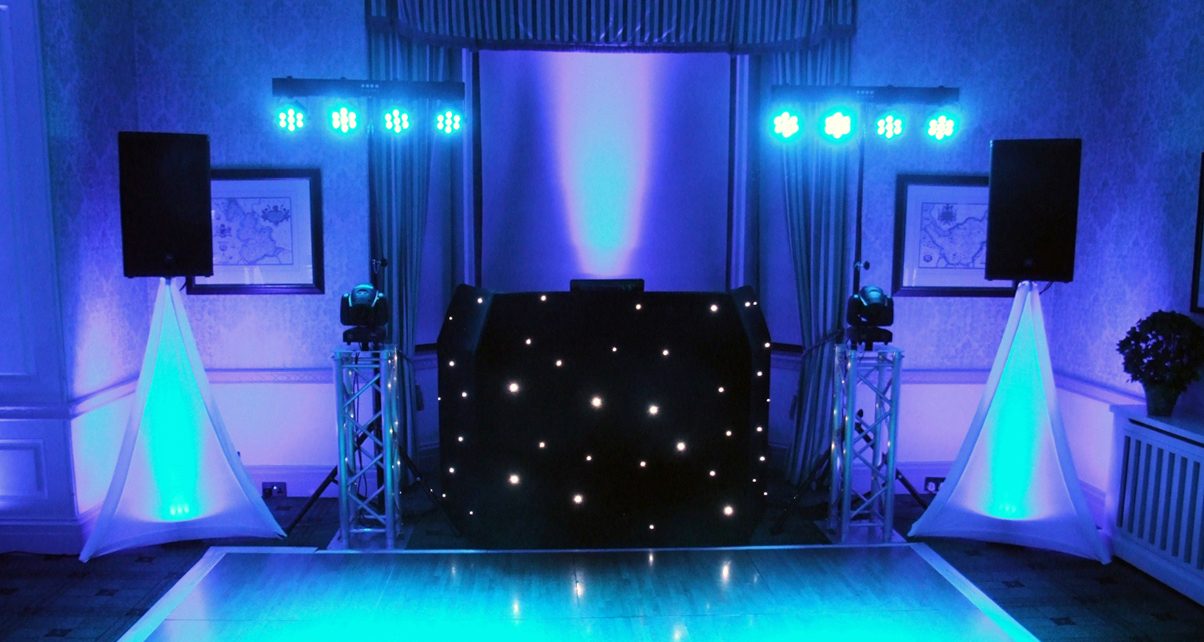
Think about the kinds of gigs you’ll be playing: Will they be shows in small bars and venues where one lighting set-up will be enough? Or are you planning on DJing at larger venues where another set of lights are needed?
Get clear on the types of DJ shows that you’ll be doing, whether they’re pub and dive bar gigs, or functions and weddings at small and medium-sized venues. This will help you decide on how much lighting you’ll need – smaller shows and pub gigs only need one lighting set-up (if it’s too cramped), while larger venues need two or more.
Listing the types of shows you want to take your lights to will also determine what what kind of lights you’d want to have in your lighting set-up. A sit-down function doesn’t need laser lights and strobes for example, so if you’re going to be doing more cocktails and dinners, you may want to skip on these lighting effects.
2. Pick out an LED lighting pack
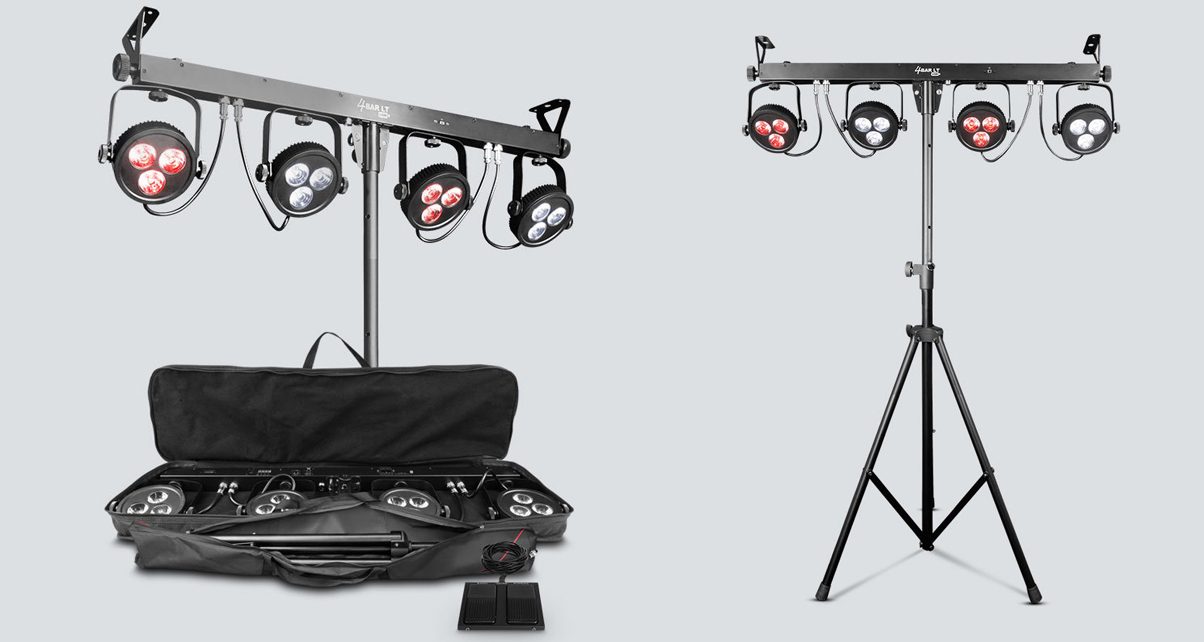 Once you’ve shortlisted the types of gigs you want to do, it’s time to choose lights. “Lights in a box” packages, like the Chauvet DJ 4Bar pictured above, are a good place to start if you don’t have any experience with DJ lighting. Packs like these come with the most basic light needed in a DJ lighting set-up: the LED wash. This light “washes” your dancefloor and venue, flooding it with coloured light.
Once you’ve shortlisted the types of gigs you want to do, it’s time to choose lights. “Lights in a box” packages, like the Chauvet DJ 4Bar pictured above, are a good place to start if you don’t have any experience with DJ lighting. Packs like these come with the most basic light needed in a DJ lighting set-up: the LED wash. This light “washes” your dancefloor and venue, flooding it with coloured light.
These packs also come with a “T-Bar” stand, also known as a lighting tree, on which you mount the lights (don’t be that DJ who places lights on a stack of plastic chairs). They also come with wireless remotes for controlling the lights, or bartswitches for hands-free operation.
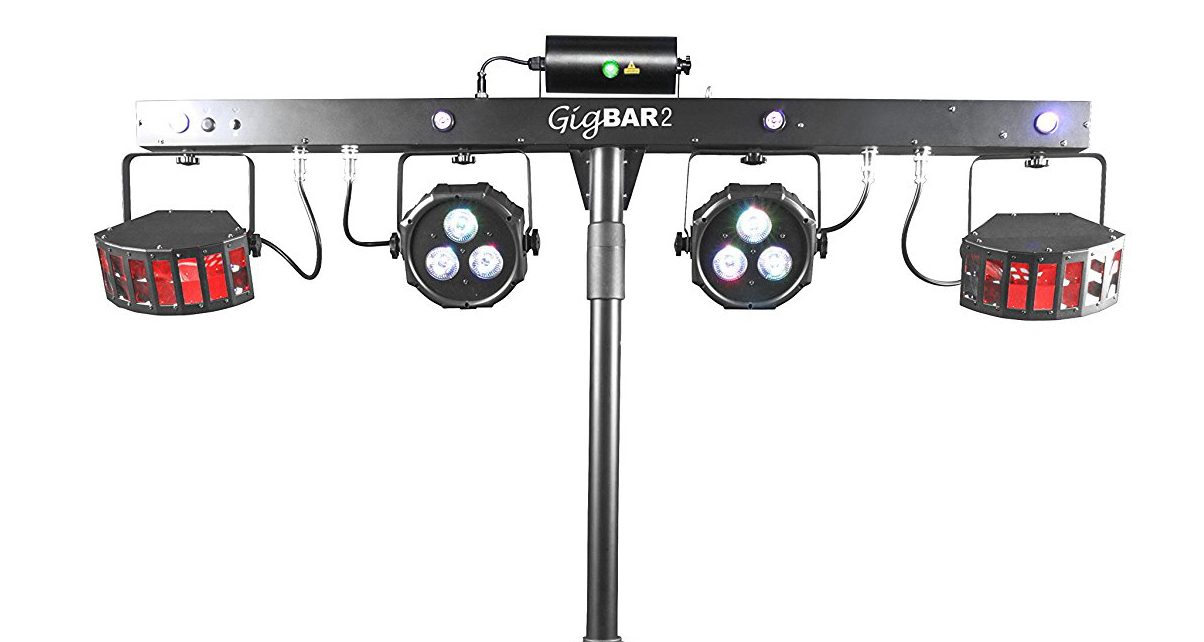
Some pricier lighting packs, such as the Chauvet DJ Gig Bar 2 pictured here, mixes LED wash lights with other types of lighting such as derbys, lasers and so on. You can opt for these if you’d like to have more variety in your set-up, but it also adds another layer of complexity to your lighting rig. If you’re a beginner, stick to the LED washes like the ones found in the Chauvet DJ 4Bar.
If you plan on doing bigger shows and playing at bigger venues, you’re going to need more lights in your set-up. An easy way to do this is to simply purchase another one of the lighting packs that you bought. This means that you’re getting the exact same lights, which is what you want. The reason for this is because symmetry is an important consideration when it comes to DJ lights – you don’t want one half of your room lit differently than the other as this causes an imbalance.
Doing this makes your overall lighting consistent instead of looking hodgepodge, and is an easy way to increase your lighting’s reach.
Once you’ve chosen your light pack, you’ve now got the basics of what’s needed to add lights to your DJ gigs. These LED washes will be simple to operate, leaving you with enough mental and physical bandwidth to perform – most mobile DJs just leave them in a “set and forget” mode known as sound-to-light, where the lights pulse along to the beat of the music that you’re playing. You can also have them run through lighting programmes that have already been set up by the manufacturer. This saves you from having to program the lights, and you can easily access the programmes by pressing a button on the lighting package’s included remote or bartswitch.
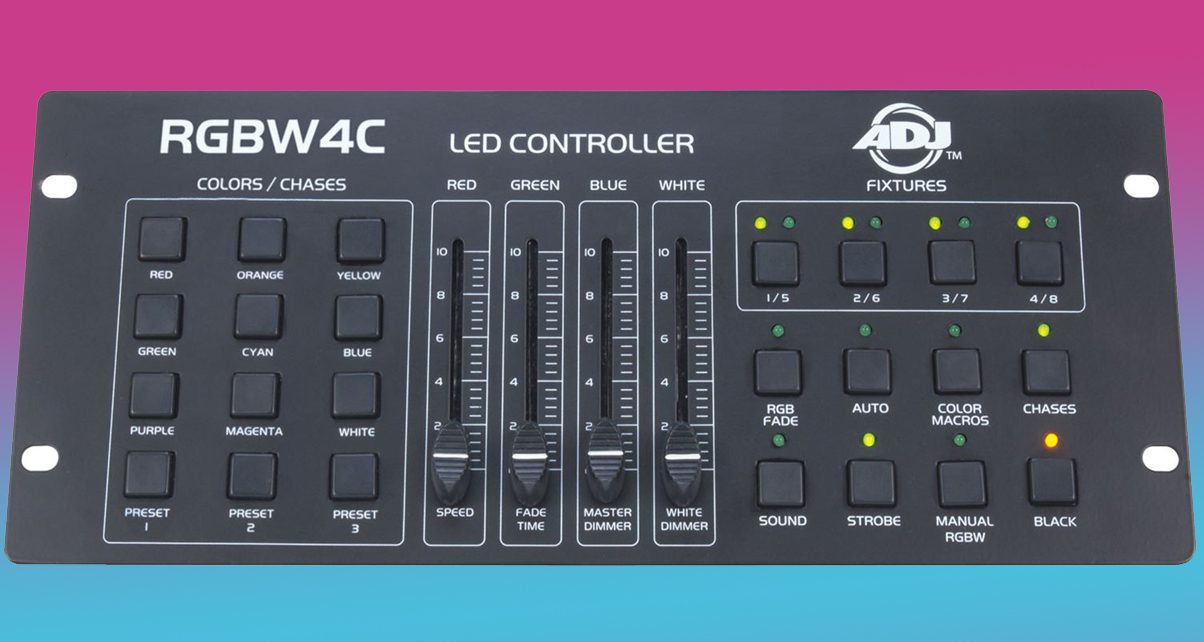
If you want to have better control over your lights later on, you have the option of adding in a DMX controller. This looks like a small mixer with faders and buttons, but it connects to your lights via a DMX cable (it looks like an XLR lead), and it lets you have more versatile and precise control.
3. Add lighting effects only as they are needed
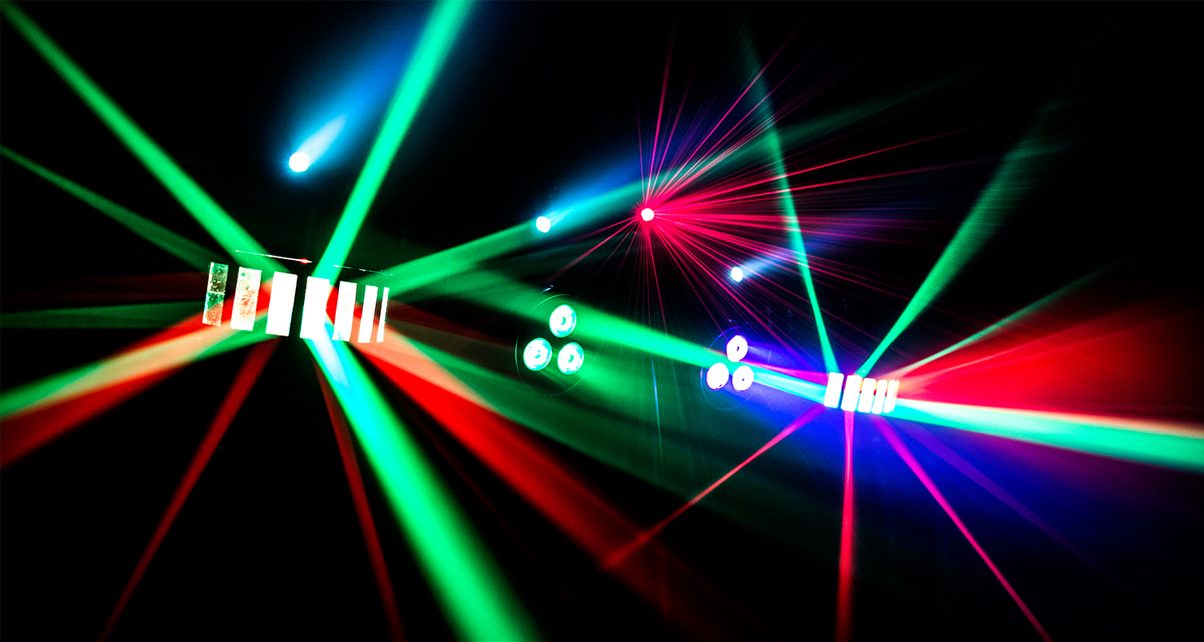
As you gain more experience, you may want to add some effects lighting into the mix. These include lights such as strobes, moving heads, fog / smoke machines, and others. Our advice here is to slowly add these types of light effects to your set-up only as they are needed. That’s because each type of light that you add to your set-up will add an extra layer of operating complexity – the last thing you’d want to happen is for your lights set-up to be so complicated that you spend a majority of your time behind the decks operating your lights instead of spinning tunes!
If you are going to start buying individual lighting fixtures, it’s best to buy in twos to create symmetry yet again. You may want to place them on two separate T-bars or on a gantry, especially if your LED wash lighting trees are already full.
Finally…
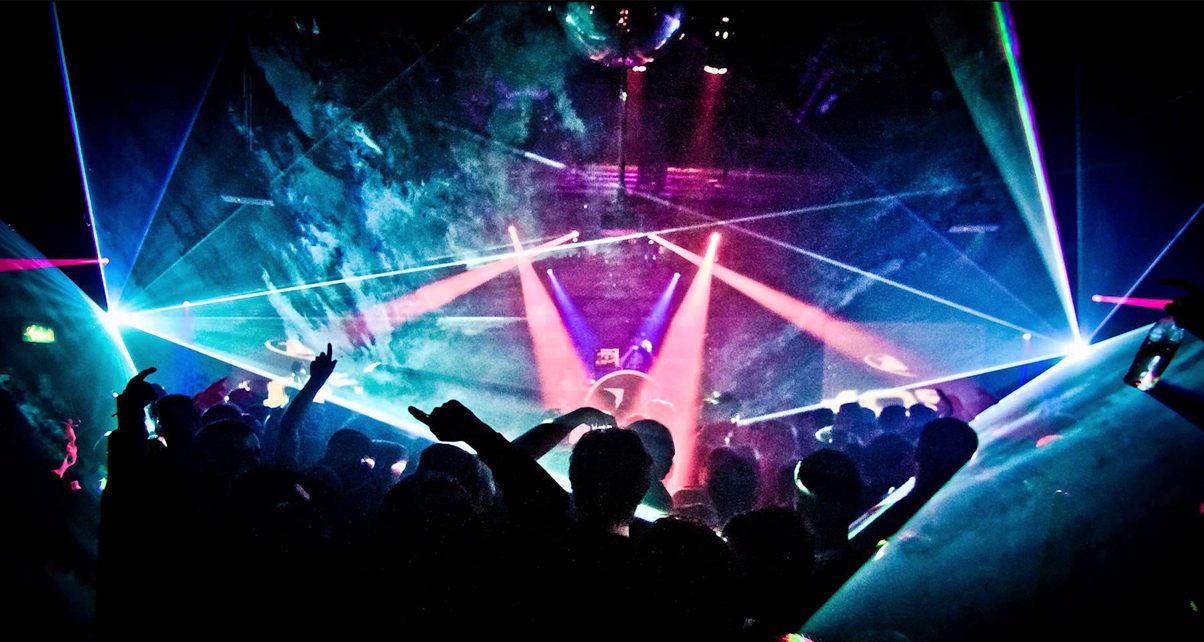
Having your own lights sets you apart from other DJs who don’t, and you can use this to your advantage. It lets you potentially charge higher fees, and it gives you more “raw material” needed to make a mobile DJ performance a memorable experience. This article is just the tip of the iceberg – we’ve got an in-depth series on DJ lighting here.
Of course, at the end of the day they’re booking you as a DJ, not your fancy gear. Don’t sweat it – you certainly don’t need to spend thousands of dollars on a festival-esque lights set-up. As long as your lights do what you need them to do, and they are what your clients and crowd expect them to be, then that’s good enough.
Do you take along lights to your DJ gigs? If not, do you want to start doing so? Why or why not? Let us know below.




